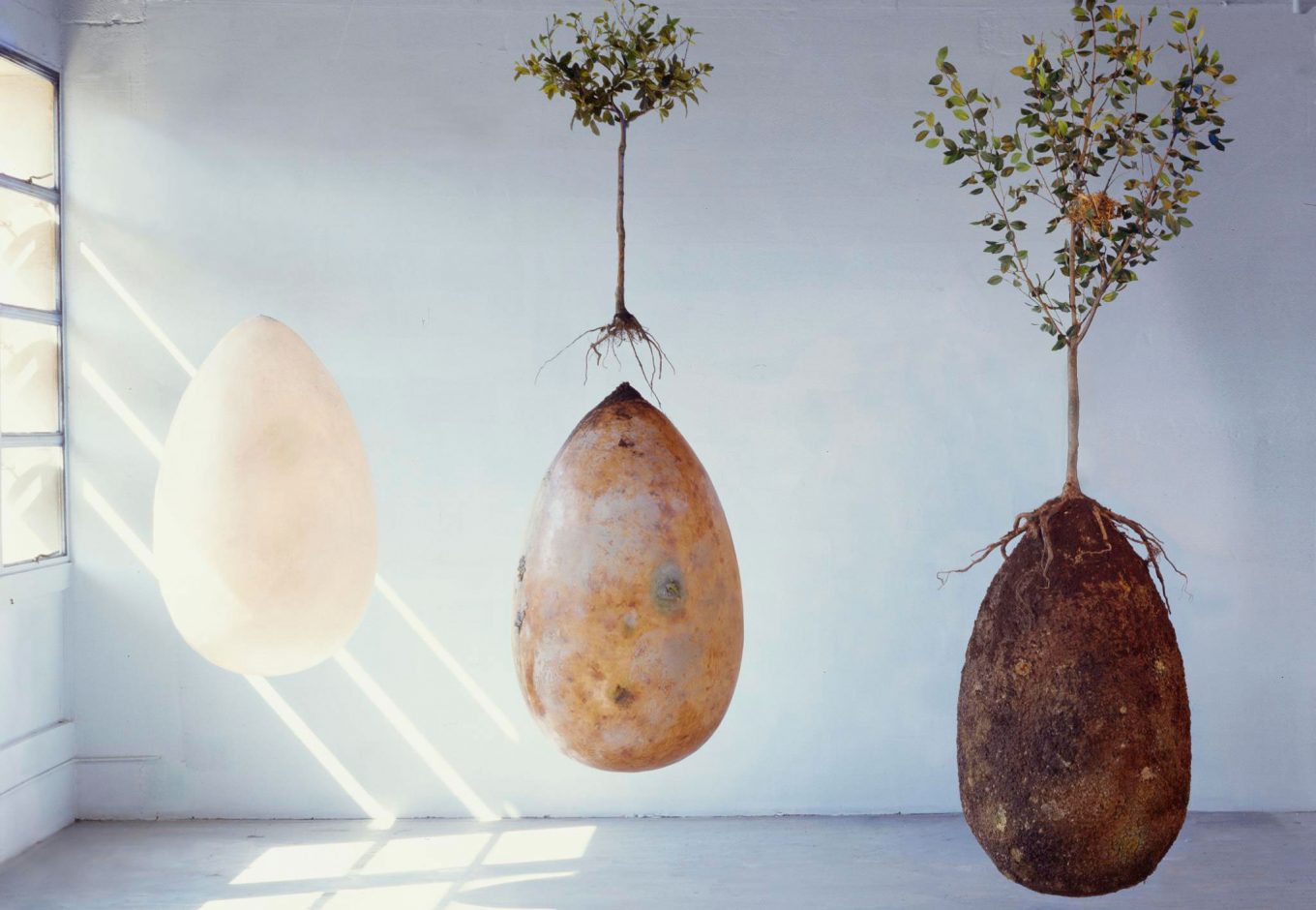Rethinking grief thanks to alternative urns and coffins
As the death industry has a monopoly on traditional ceremonies, from cremation to burial, independent designers are reinventing this crucial stage to meet new social, ecological and spiritual needs.
With Tactile Perception, Lisa Merk designs a wooden urn in which dozens of small urns are placed. Their shape, size and texture change, but the content remains the same. Inside, the ashes of the deceased rest and, when closed, the urns become impossible to reopen. Each mini urn is to be distributed to the bereaved person. They give during the ceremony, and during the mourning process, a material attachment to the disappeared. They are a concrete link to cling to in order to experience this departure fully and more serenely.
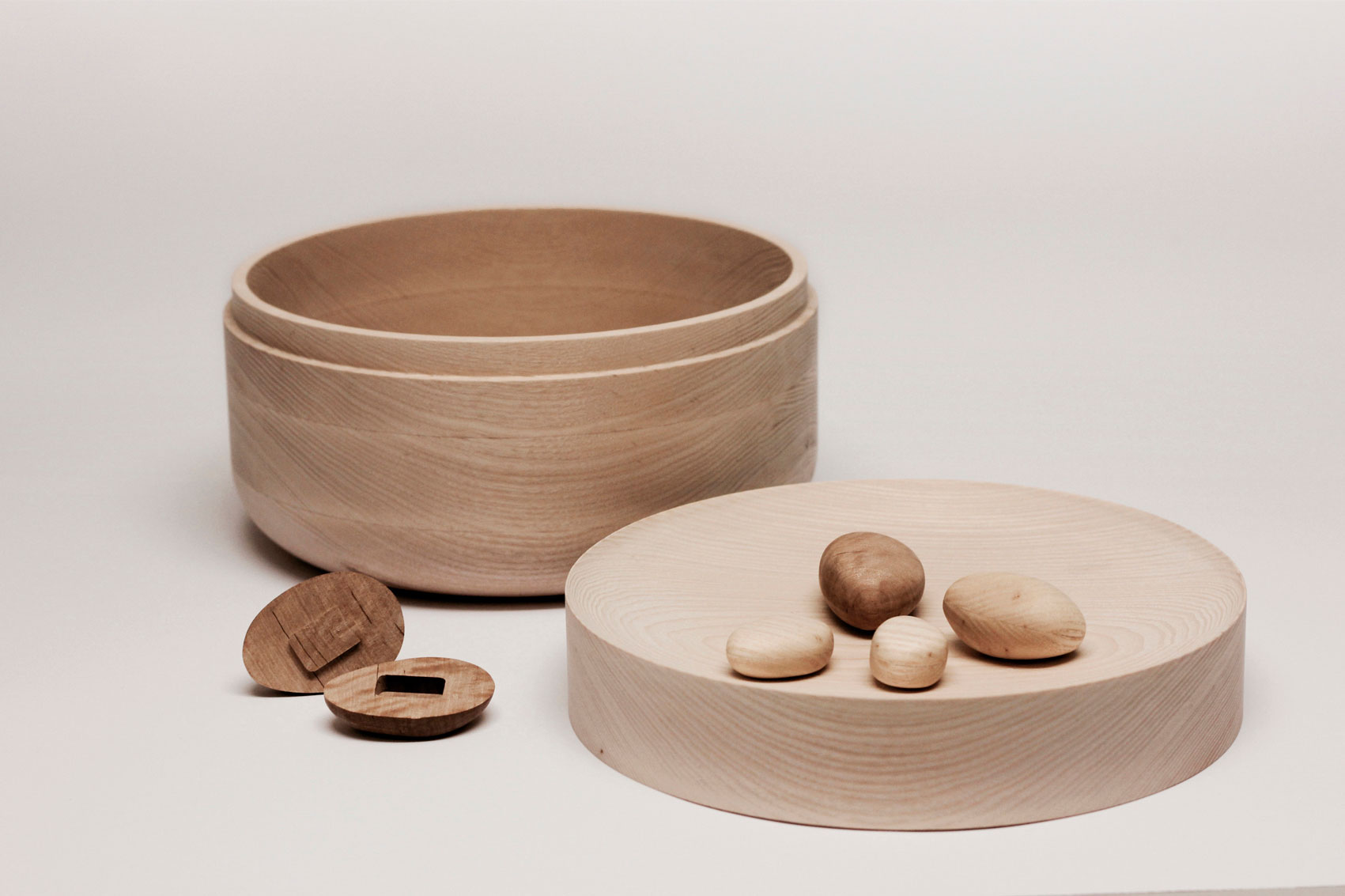
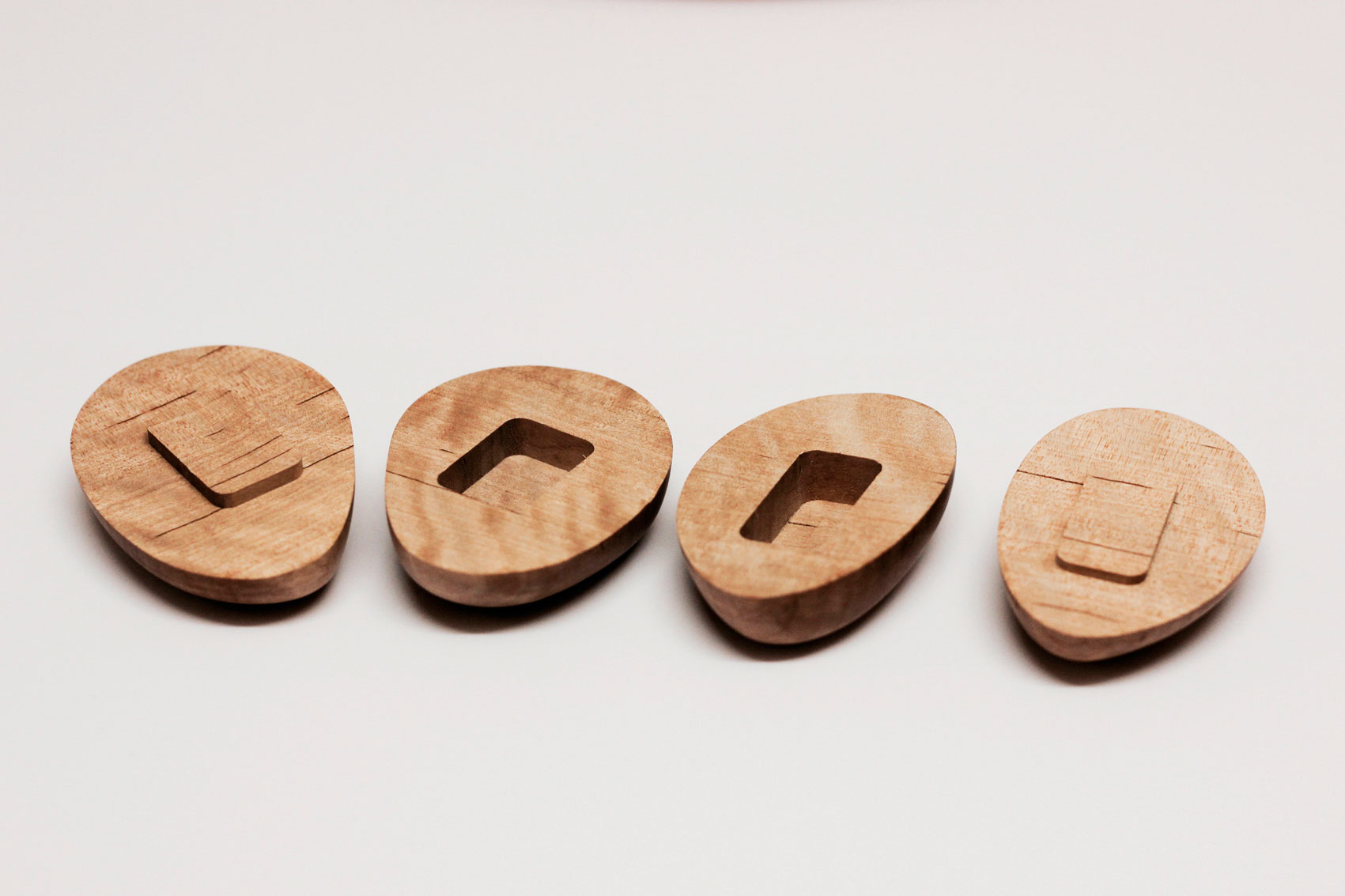
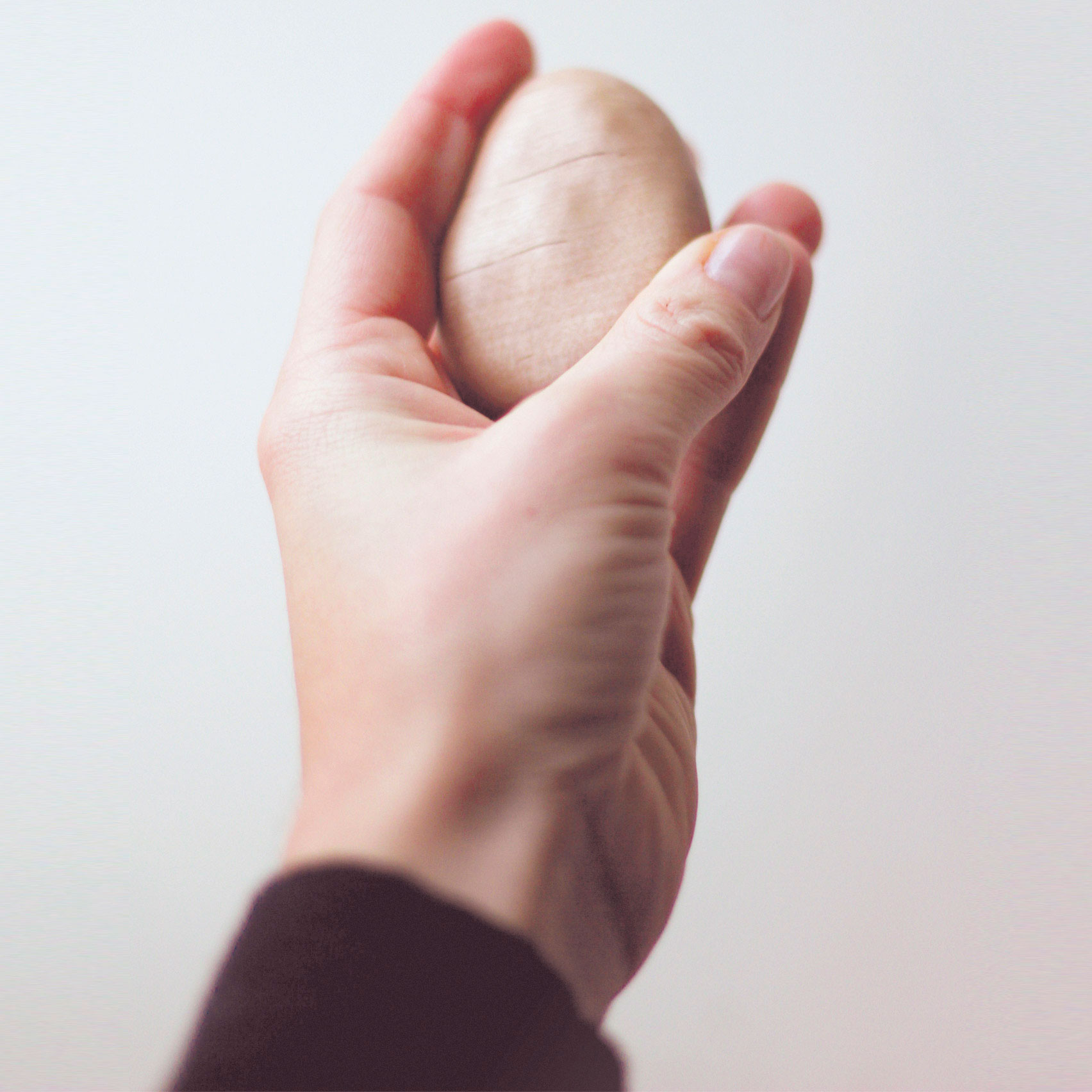
In the same way, the American designer Diane Leclair Bisson creates an alternative urn in ice. Like Tactile Perception, it drastically reduces the carbon footprint by using less consuming energies. Modular at leisure, the ice urn collects the ashes and invites to think of new ceremonies and where the deceased can return to the oceans, lakes and rivers.
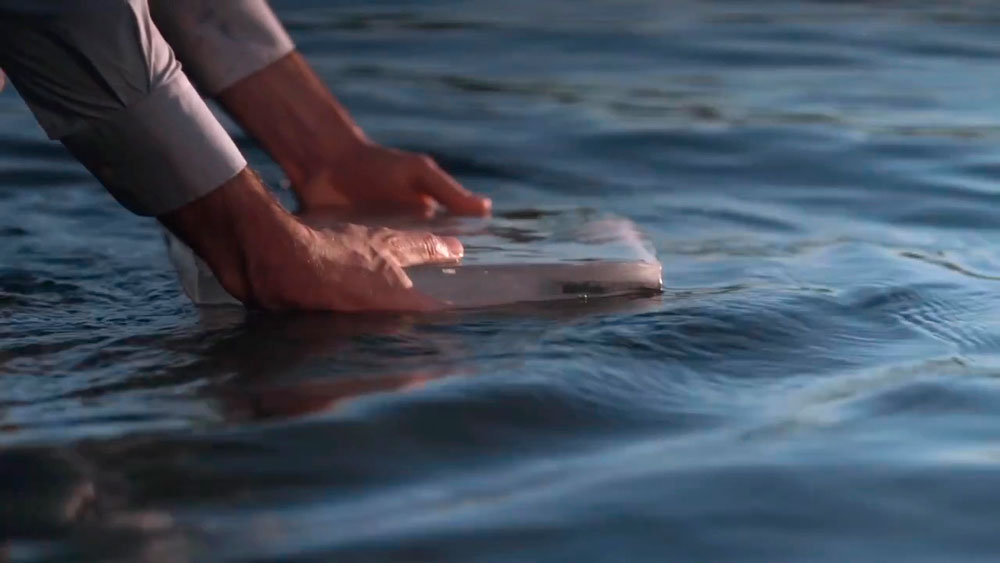
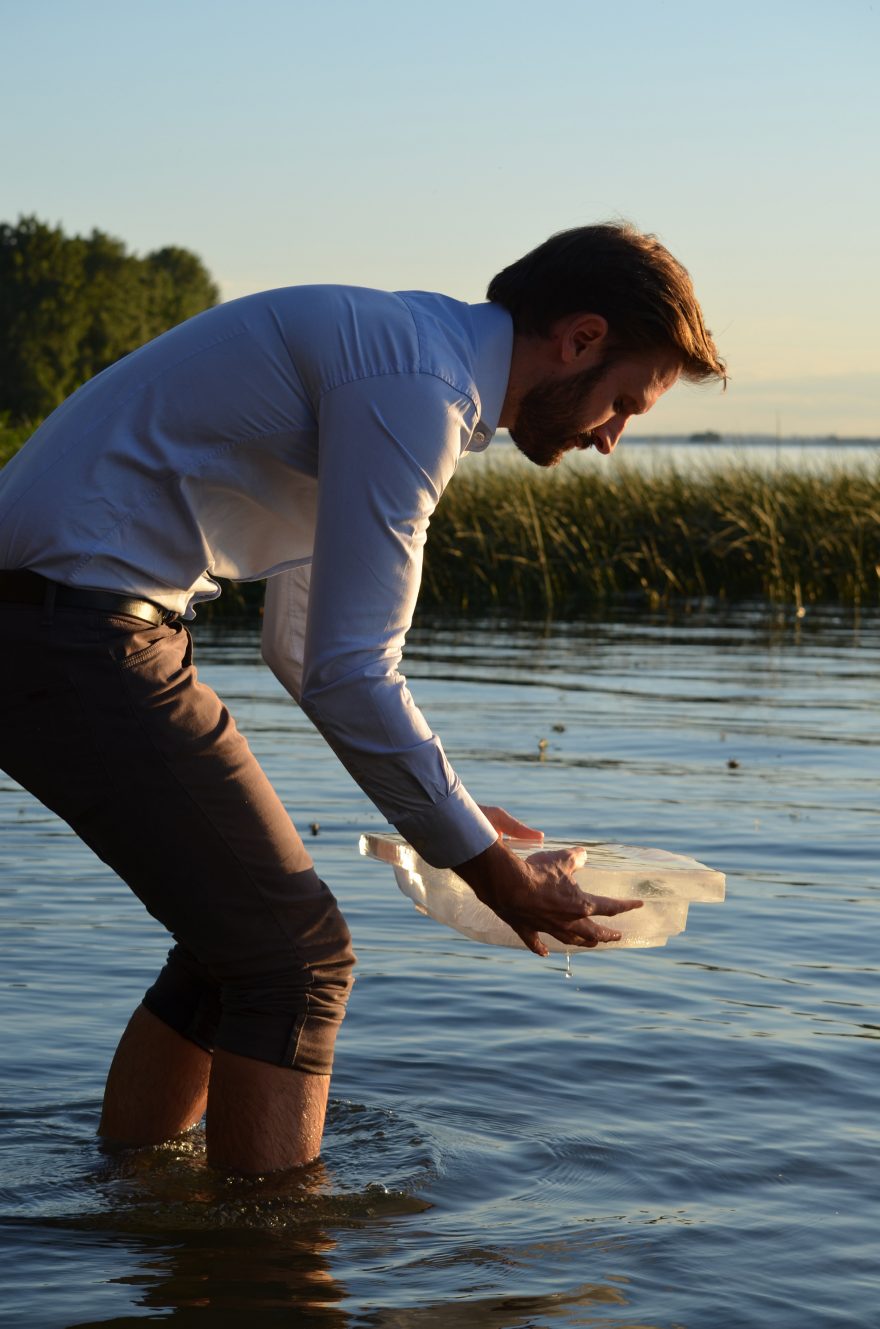
It is in the same ecological line, sensitive and carrying new death rituals that the designers Anna Citelli and Raoul Bretzel produce an egg-shaped capsule. Inside, the body of the deceased lies in a fetal position. Capsula Mundi is a biodegradable object that needs to be buried and above which a tree, chosen by the deceased or the family, is brought to grow. The capsule then becomes a new alternative to the traditional coffin.
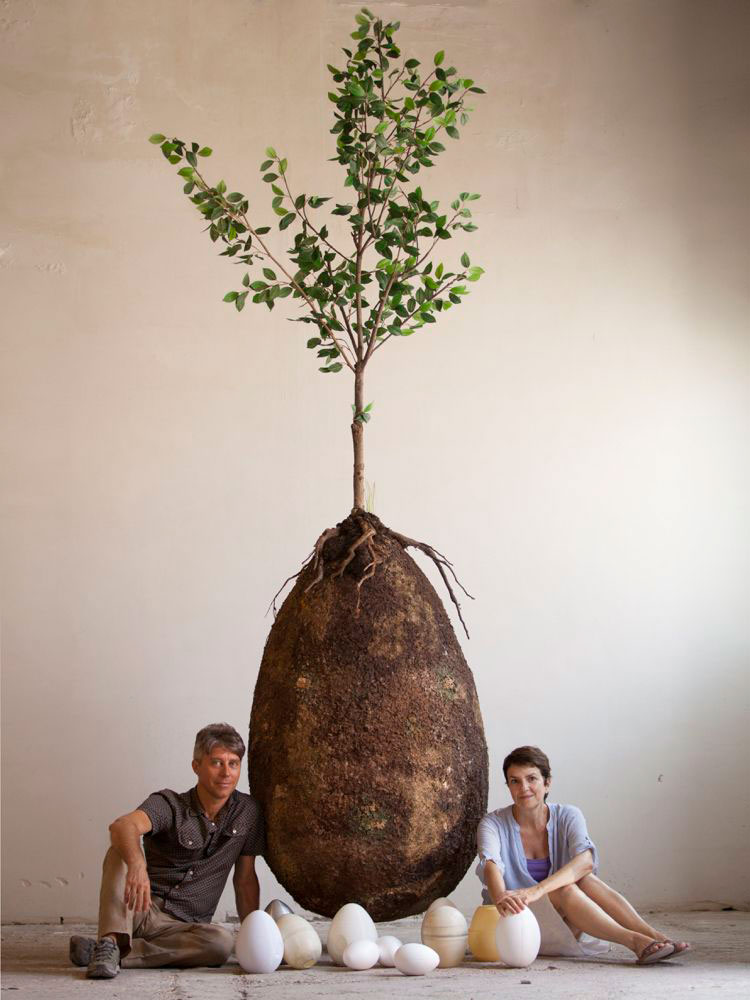
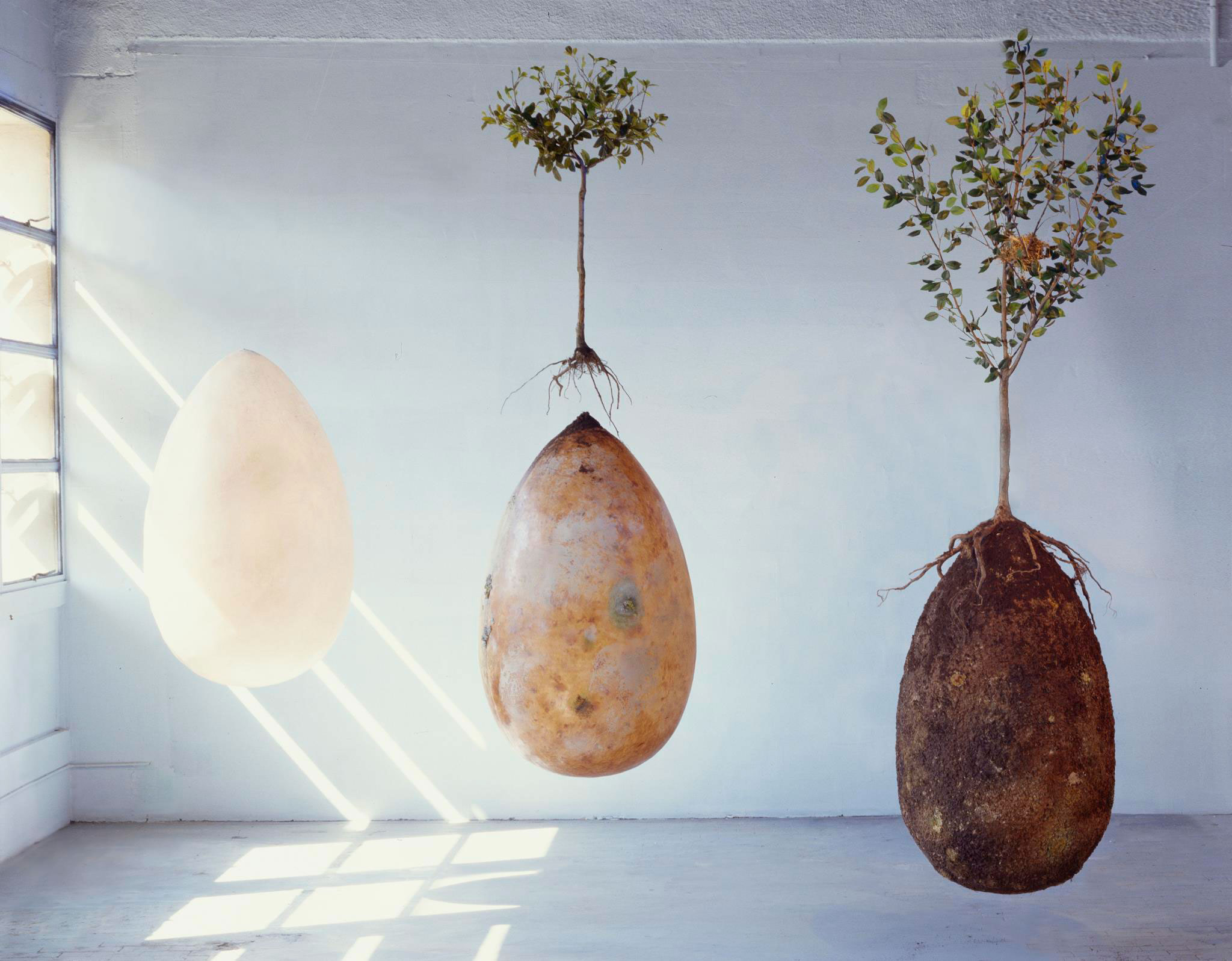
© Lisa Merk, Tactile Perception, 2017.
© Diane Leclair Bisson, Ice Urn, 2015.
© Anna Citelli and Raoul Bretzel, Capsula Mundi, 2019.
